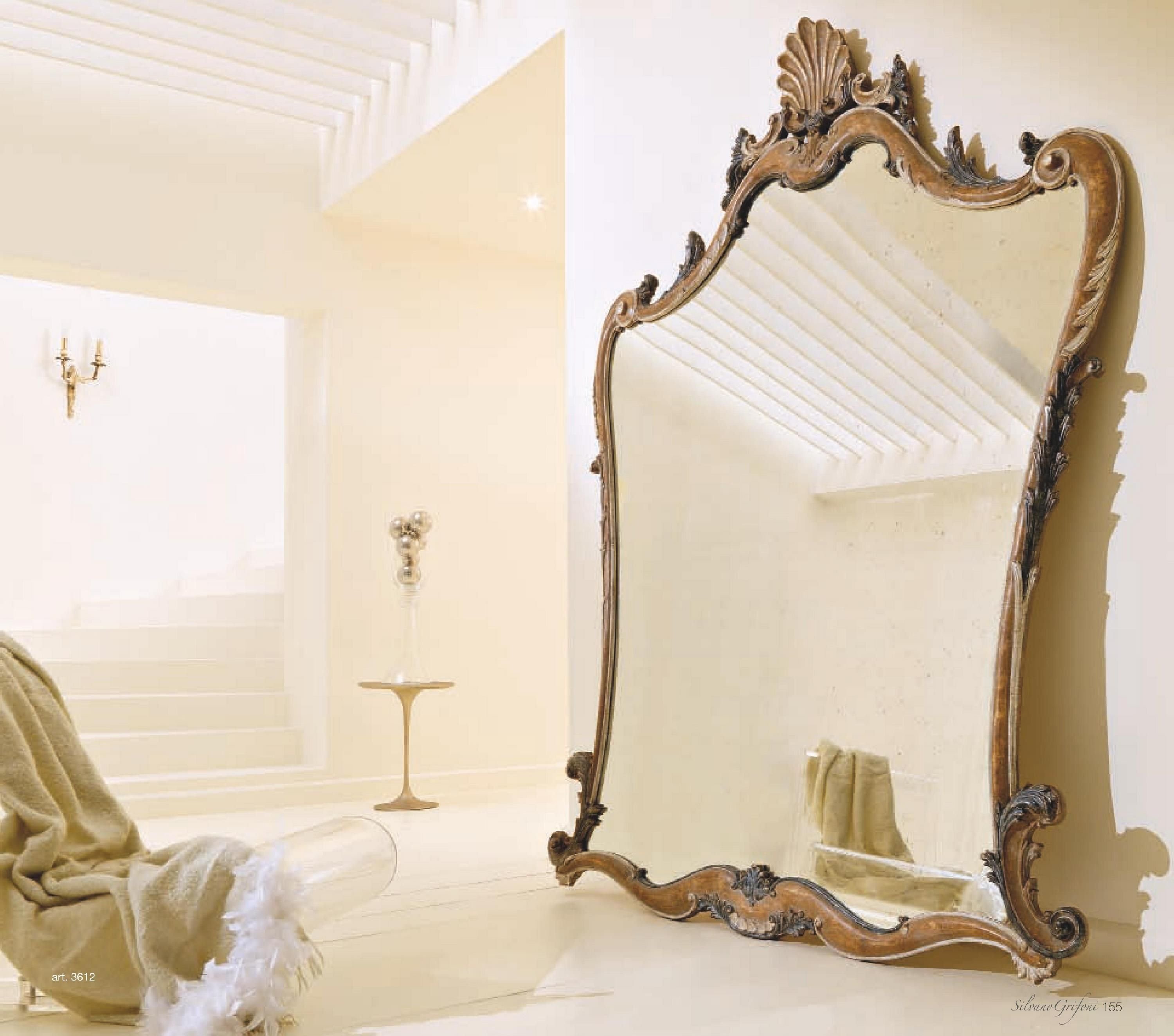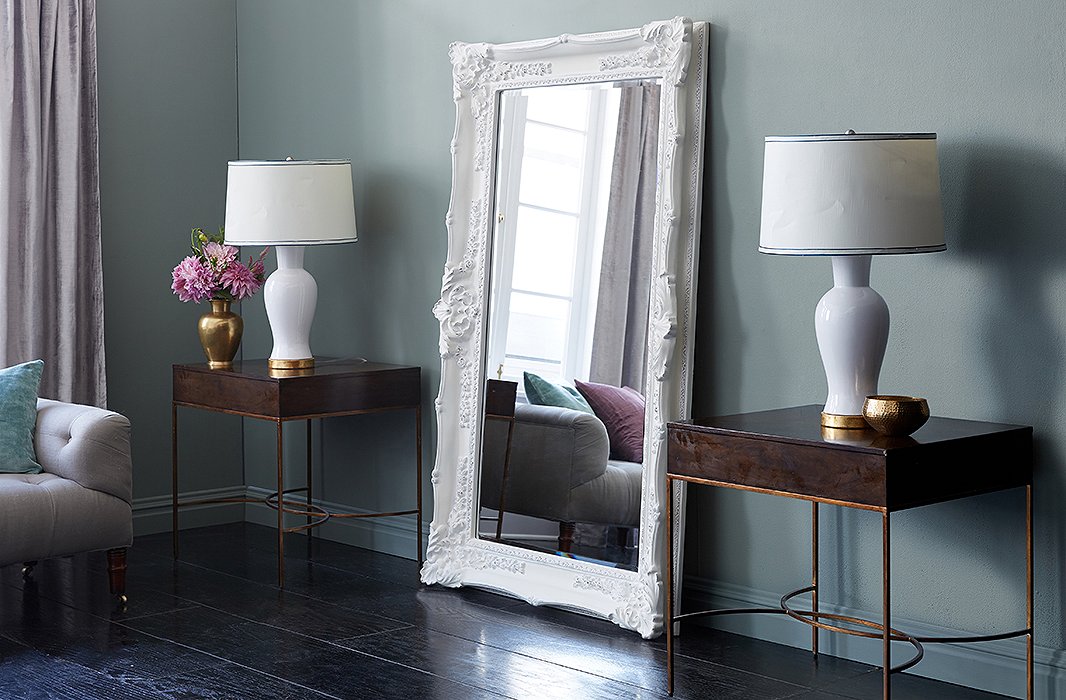From Antique to Modern: A Comparative Analysis of Standing Floor Mirror Styles
9th May 2024
These elegant and functional fixtures serve a practical purpose and add depth, dimension, and style to any space. From vintage-inspired designs to sleek modern interpretations, a standing floor mirror has undergone a fascinating evolution, reflecting changing tastes and design trends over the years.
In this blog, we'll delve into the world of standing mirrors, exploring their evolution from antique to modern styles and conducting a comparative analysis of their characteristics, aesthetics, and functionality.
Antique Standing Floor Mirrors
Historical Background
Standing floor mirror have a rich history dating back centuries. In ancient civilizations, mirrors were considered luxury items reserved for the elite. These early mirrors were typically crafted from polished metal, such as bronze or silver, and often adorned with intricate designs and embellishments.
During the Renaissance, mirrors became more widely accessible as advancements in glassmaking techniques allowed for the production of larger, clearer reflective surfaces. During this time, the iconic full-length standing floor mirror emerged as a staple of aristocratic households, symbolizing wealth and sophistication.
Characteristics and Design Elements
An antique standing floor mirror is characterized by its ornate detailing and craftsmanship. Elaborately carved wooden frames, gilded accents, and intricate moldings are common features of these timeless pieces. Many antique mirrors also incorporate decorative elements such as beveled edges, etched patterns, and delicate filigree work, adding to their visual appeal.
The size and shape of antique standing mirrors vary depending on the prevailing design aesthetics of the era, with styles ranging from Baroque extravagance to the understated elegance of the Victorian era.
Influence on Modern Standing Floor Mirrors
Despite their centuries-old origins, antique floor mirrors continue to inspire contemporary design trends. These vintage pieces' timeless elegance and craftsmanship have made them sought-after additions to modern interiors, seeking to evoke a sense of classic luxury.
Many modern standing mirrors pay homage to their antique predecessors with subtle nods to traditional design elements such as curved silhouettes, distressed finishes, and decorative accents. By seamlessly blending old-world charm with contemporary sensibilities, these mirrors add sophistication to any space.

Modern Standing Floor Mirrors
Contemporary Design Trends
In contrast to their ornate antique counterparts, a modern standing floor mirror often features clean lines, minimalist aesthetics, and sleek finishes. Contemporary designers prioritize functionality and versatility, creating mirrors that seamlessly integrating into various interior styles.
Materials and Construction Techniques
Advancements in materials and manufacturing processes have expanded the possibilities for modern floor mirrors. While traditional materials like wood and metal remain popular, designers are increasingly experimenting with innovative materials such as acrylic, resin, and glass. These materials offer durability, versatility, and the ability to create unique shapes and textures, allowing for greater creative freedom in mirror design.
Functional Innovations
Many mirrors now come equipped with built-in lighting options, allowing optimal illumination and creating a flattering, well-lit environment for dressing and grooming. Some mirrors also feature adjustable angles and swivel mechanisms, providing users greater flexibility and convenience.

Comparative Analysis
Aesthetics
Antique mirrors exude a sense of opulence and grandeur, with their intricate detailing and ornate embellishments as focal points in any room. In contrast, modern mirrors embrace simplicity and minimalism, favoring clean lines and understated elegance.
While antique mirrors are often prized for their historical significance and craftsmanship, a modern standing floor mirror appeals to contemporary sensibilities with its sleek, streamlined designs and versatile aesthetics.
Functionality
While antique and modern standing floor mirrors provide reflective surfaces for grooming and dressing, modern mirrors often offer enhanced functionality through innovative features and design elements. Built-in lighting, adjustable angles, and smart technology integration are just examples of how modern mirrors prioritize functionality and user experience.
Antique mirrors, while undoubtedly beautiful, may lack some of these modern conveniences, reflecting the technological limitations of their time.
Durability
Antique mirrors, crafted from high-quality materials and painstakingly handcrafted by skilled artisans, are often prized for longevity and enduring beauty. However, these fragile items can suffer from the effects of time and wear and tear; therefore, frequent maintenance and repair are necessary to maintain their integrity.
Thanks to their superior construction methods and materials, modern mirrors are frequently more resistant to degradation and damage, making them durable enough to sustain regular usage.
Experience Luxury Living
A standing floor mirror has evolved remarkably from antique to modern styles, reflecting design trends, materials, and technological changes over the years. While antique mirrors exude timeless elegance and historical charm, modern mirrors offer innovative features and functional enhancements that cater to contemporary lifestyles. Whether you prefer an antique masterpiece's ornate beauty or a modern design's sleek sophistication, French Country Furniture USAoffers a stunning selection of standing floor mirrors to suit every taste and style.
Explore French Country Furniture USA'sexquisite collection of standing floor mirrors today and discover the perfect addition to your home décor.
